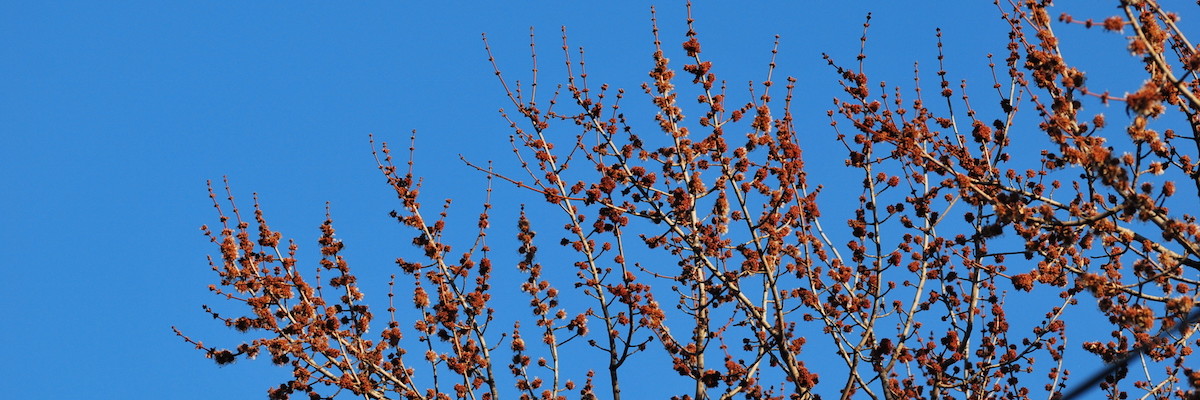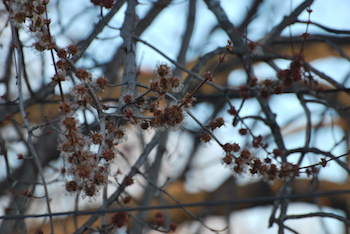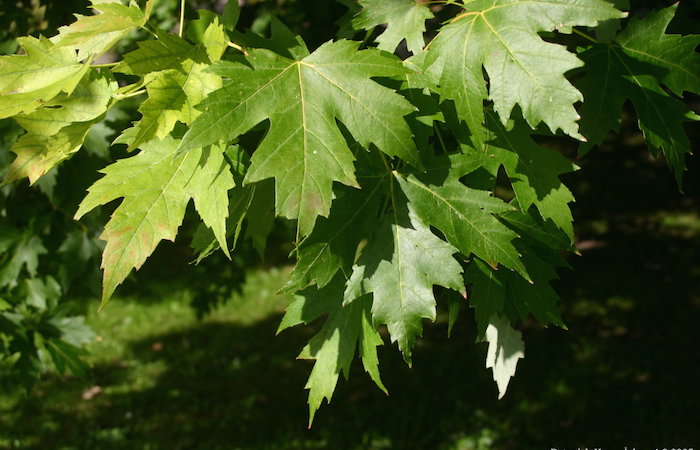
Description
Silver Maple is a fast growing, popular ornamental tree. Leaves are opposite and simple, with five pointed lobes and V-shaped sinuses. Leaf margins are toothed, and there are three main veins emanating from the petiole. The leaves are dark green on the upper surface and silvery white on the underside, hence the common name silver maple. Silver maples are dioecious, meaning that trees either have only male or female flowers. Both flowers are greenish-yellow, with female flowers developing into light brown samaras with pink veins.
Silver maples are easily transplanted and fast growing and are therefore commonly used in the landscape. Sap can be used for maple syrup, but the sugar content is quite a bit lower than other maples. The wood is relatively brittle and prone to damage and decay. Silver maple root systems are also aggressive and can crack sidewalks or tile drainage. As such, the species is best when planted far away from sidewalks or structures.
Issues
As mentioned, silver maple can rot easily and is prone to wind damage. Silver maples are also susceptible to the usual diseases and pests of maples, such as verticillium wilt.
Other Resources:
Photo Credit: Sten Porse CC by SA 3.0




